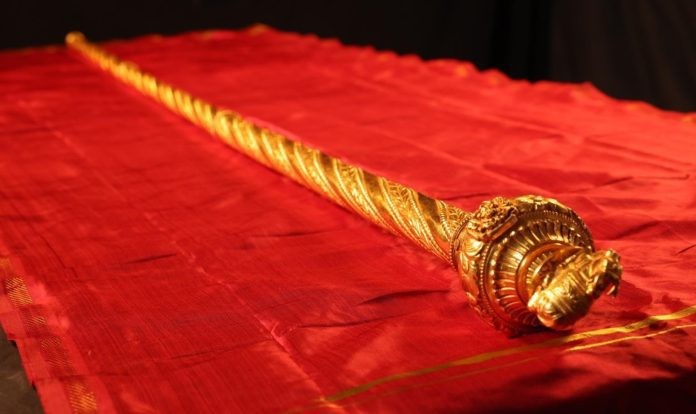Free Courses Sale ends Soon, Get It Now


Free Courses Sale ends Soon, Get It Now



Disclaimer: Copyright infringement not intended.
Context
Details
About Sengol
Significance
Why was the Sengol given to Nehru?
Traditional Chola practice
How was the Sengol made?
Where is Sengol kept?
Sengol's installation ceremony
|
PRACTICE QUESTION Q) The establishment of Sengol will be a symbol of the Amrit Kaal, which will witness the glorious era in which India will be taking its rightful place. Comment. (150 words) |
https://pib.gov.in/PressReleasePage.aspx?PRID=1926883
© 2024 iasgyan. All right reserved